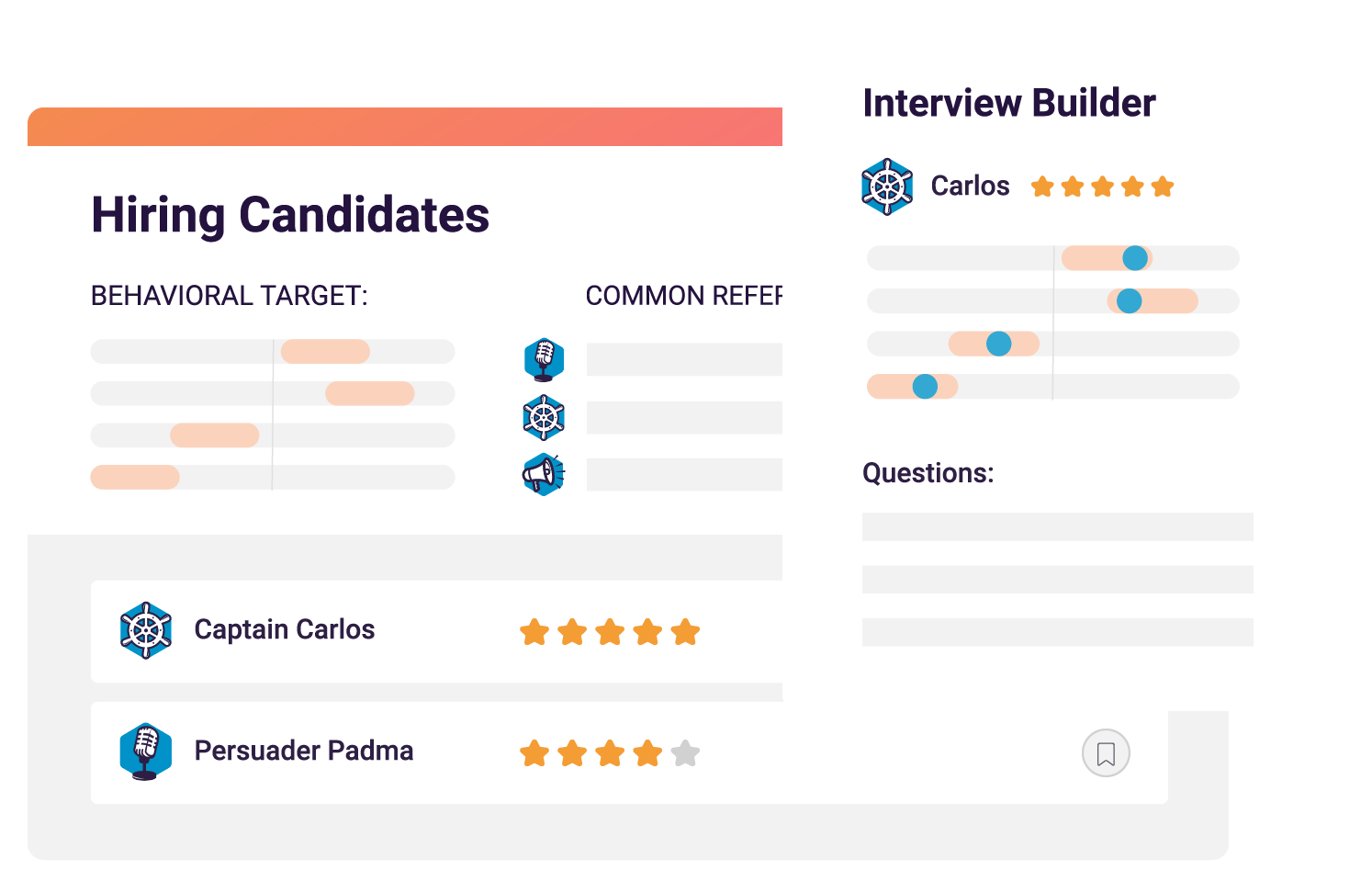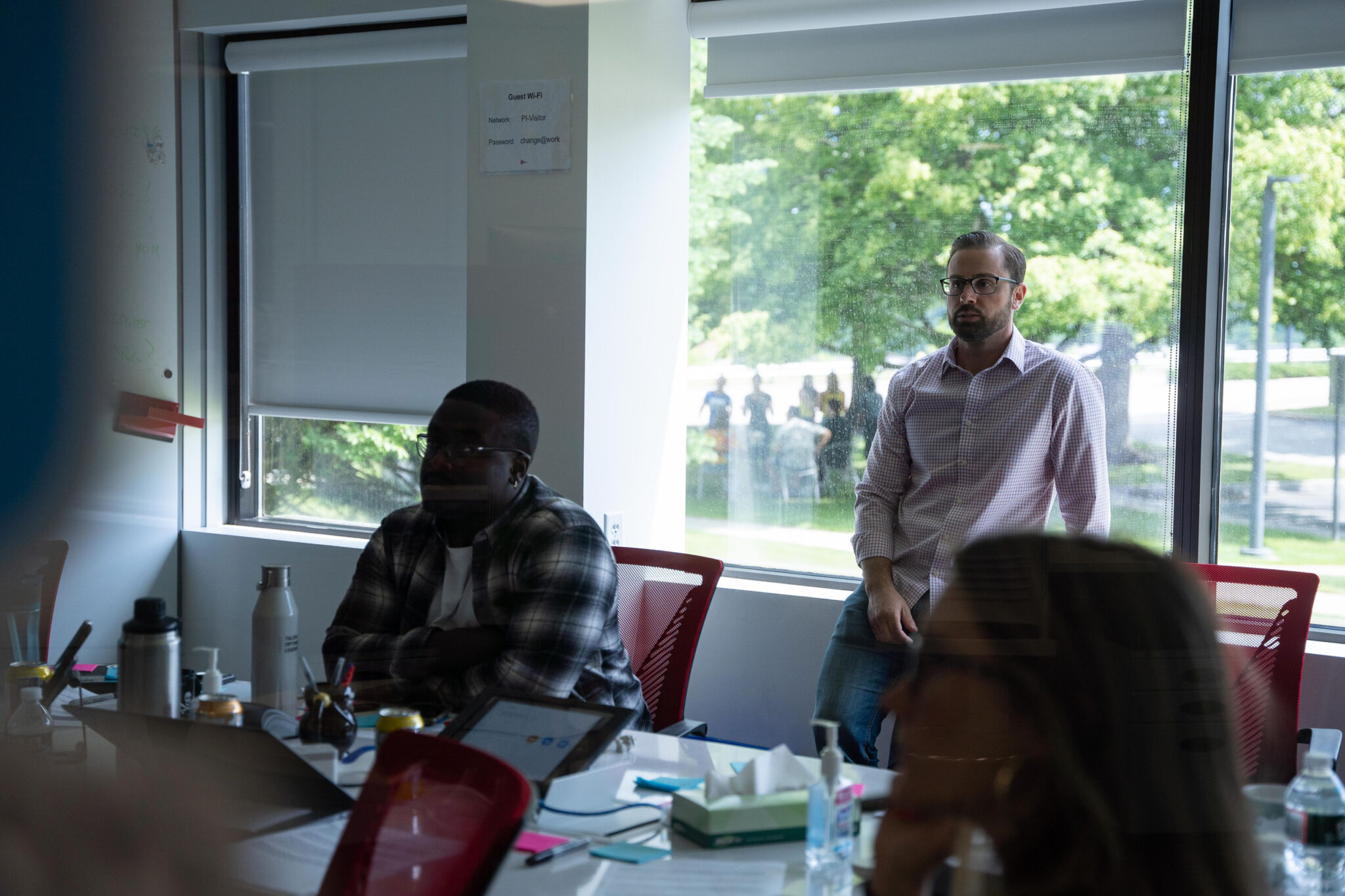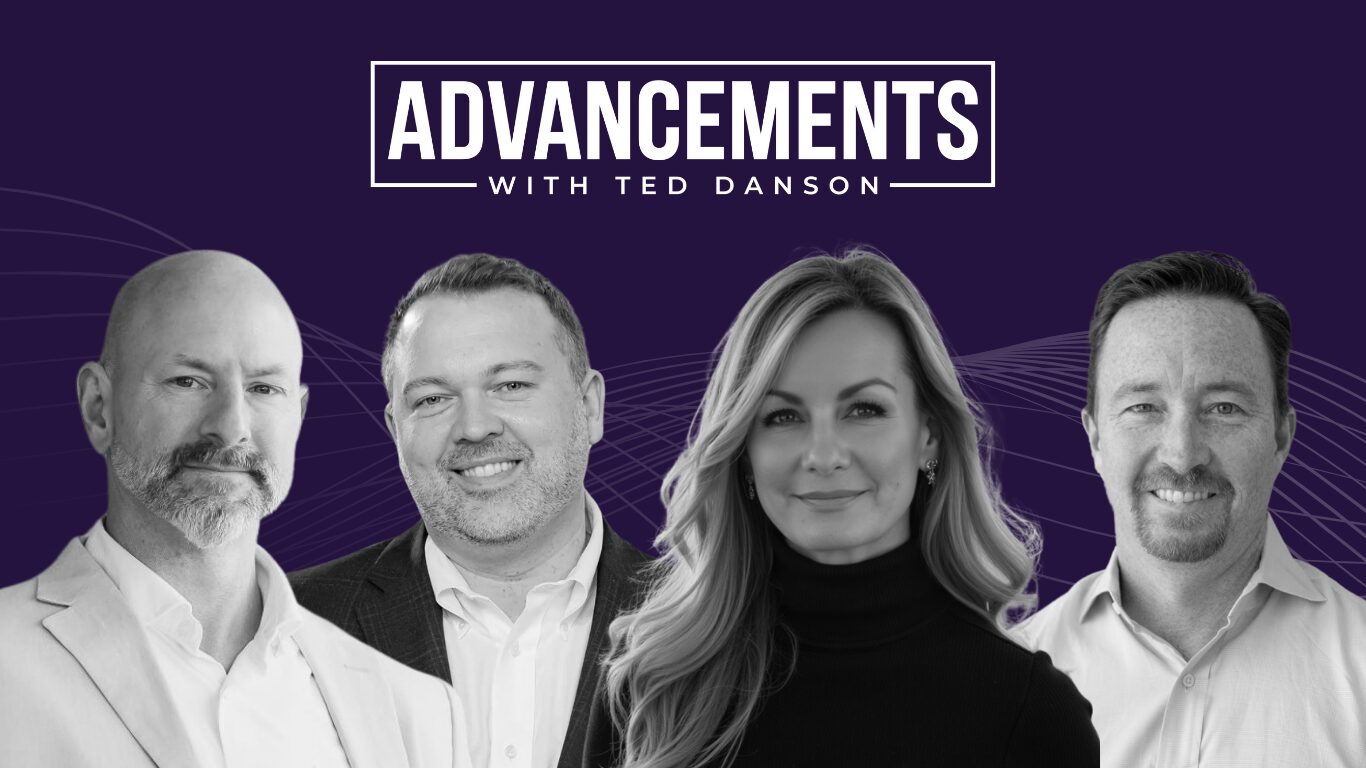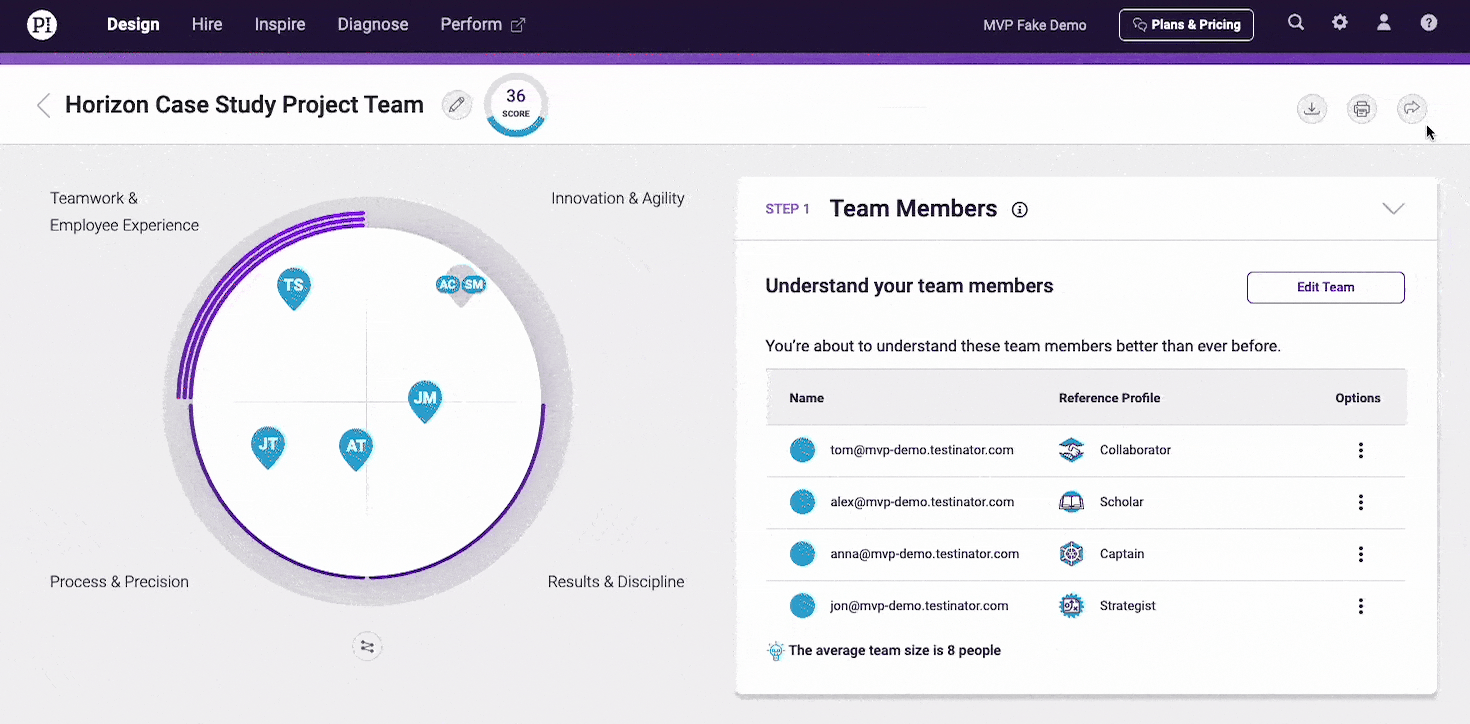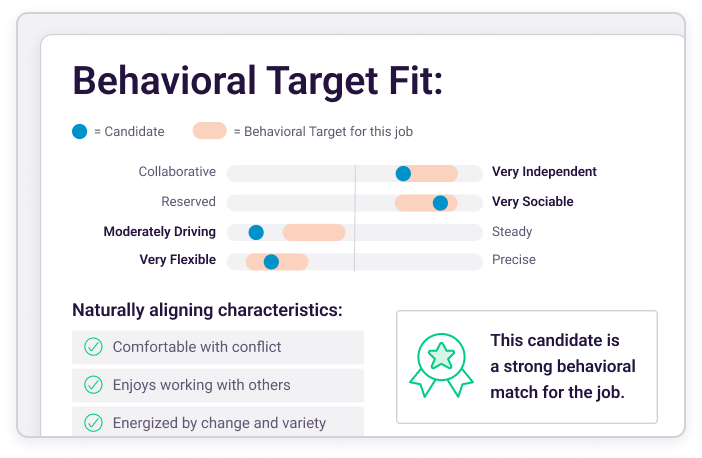Everyone needs clear purpose, regardless of their professional focus or field. Without it, monotony sets in. Whether it’s living an uninspired life or working a seemingly dead-end job, existing to perform a continuous series of mundane tasks is only sustainable for so long.
Once chronic boredom presents itself, there are generally two possible paths: Settle into apathy and growing dissatisfaction, or make a major change to your existing position or environment. When it comes to managing employees, either one of those options is bad for business.
People thrive when they have a purpose, and providing growth opportunities through career pathing can motivate employees by offering a clear roadmap to achieving their career goals.
What is career pathing?
Career pathing is the process of creating a career development track for individual employees – ideally one that aligns with an organization’s succession planning strategy.
Being able to chart the potential career progression of team members can help employees feel confident about their future within an organization, and makes it easier for HR leaders to identify professional development opportunities that fulfill organizational talent priorities.
Learn more:
- 3 ways to support career advancement for retail workers
- Implementing workforce education to optimize talent
- Why HR shouldn’t freeze career paths
- Create new jobs and career paths
- Beyond the briefcase: The power of inclusive career pathing
- How to inspire growth in employees
- Maintaining career pathing
The importance of career pathing
Career pathing is important because it supports and empowers employees to pursue new skills, responsibilities, and experience beyond their current role. It also demonstrates that a growth mindset is key to your company culture.
People change over time, both personally and professionally; it’s a recognized part of human nature. Creating an adaptive work environment that recognizes the importance of self-improvement – and prioritizes employee development – benefits employees and employers alike.
Learn more:
- Considering the Culture Index? Make sure it fits your organization’s needs.
- 3 keys to career pathing in times of change and uncertainty

The benefits of career pathing
Offering clear opportunities for career growth improves engagement, encourages productivity, and increases employee retention rates.
A competitive job market offers a plethora of possibilities for top talent, which can leave your organization vulnerable to employee turnover. Anyone in human resources can attest to the fact that filling vacancies is a costly, time-intensive, and disruptive endeavor. A career pathing plan inspires loyalty and incentivizes good performance by offering access to an upward trajectory on the corporate ladder.
Developing a career pathing program also has advantages that extend beyond helping employees improve their own careers. Used in conjunction with succession planning, career mapping ensures that employees gain the necessary competencies to graduate beyond an entry-level position to fill cross-departmental positions or leadership roles.
An in-house pool of talented candidates to choose from is a valuable resource for both HR professionals and the organizations they represent.
Learn more:
- 5 easy ways to get clients’ employees engaged today
- 5 strategies to prevent employee turnover
- The 3-step formula for solving business problems
- Employee engagement
- Creating a culture of employee engagement in the workplace
- How one organization is breaking organizational silos—and increasing engagement
- 10 employee engagement activities that work like magic
- The 4 best employee engagement strategies (with examples)
Career pathing best practices
Effective career pathing is largely about providing opportunities. HR professionals hoping to implement or improve a career pathing program should ask themselves the following questions:
- What should successful career pathing look like for our organization?
- What should our personal development program include?
- How should career pathing vary for employees with different ambitions?
- How can we ensure that our talent strategy aligns with organizational growth goals?
Start by evaluating career mapping opportunities for the employees from the largest teams in your organization — they often have a greater need, since it’s more difficult to see a clear path within a crowd. Engagement data, employee pulse surveys, talent reviews, and measures of team morale can provide valuable insights into how employees feel about their organization, position, and the potential for upward mobility.
Talent optimization encompasses effective career pathing. Understanding the behavioral traits, communication styles, and personalities of your employees makes it easier to align your talent strategy with your business goals. Data collected from behavioral assessments can optimize hiring decisions and clarify career pathing possibilities.
Investing in upskilling and arranging mentorships are also valuable factors in the equation of career mapping. Professional development is a win-win for everyone involved, and helps build competence and confidence.
Learn more:
- The secrets to great career pathing
- How to inspire your managers to be steady, effective leaders
- Build a five-star sales team with talent optimization
- Identifying and closing skills gaps
- How to perform a talent review
More examples of career pathing in practice
Career pathing doesn’t always follow the traditional climb up the corporate ladder. Although promoting from within is often beneficial for the organization, particularly if you hire for behavioral fit, don’t forget that not everyone wants to manage others.
Create additional opportunities for professional growth by redefining your idea of management. If you have a strong candidate whose interests or strengths don’t involve managing people, consider promoting them to a leadership position where they oversee projects, initiatives, systems, or partnerships.
